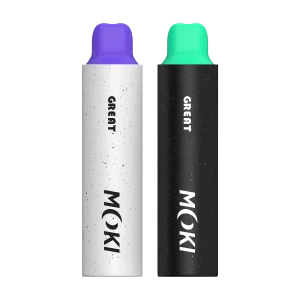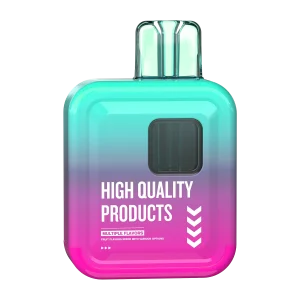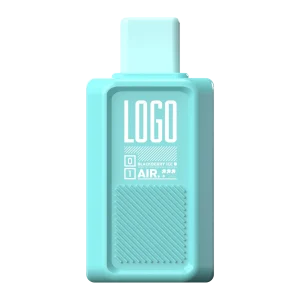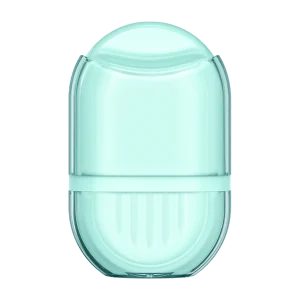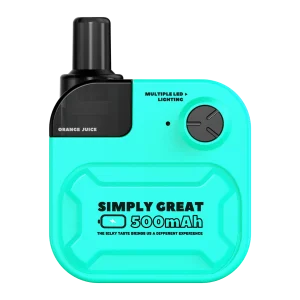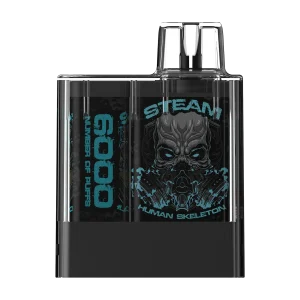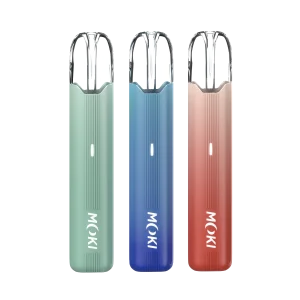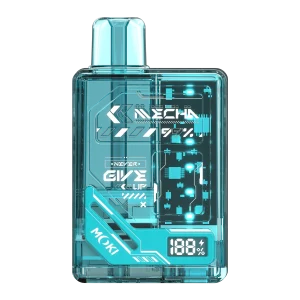The vaporizer industry has seen rapid growth globally, attracting consumer attention and sparking widespread social discussion. As a relatively new market, the complexity and uniqueness of the electronic vaporizer industry require professionals to grasp several critical points.

Table of Contents
Licensed Operation
Operating an electronic vaporizer business requires obtaining various licenses, including those for tobacco production, wholesale, and retail. Understanding the application processes and requirements for these licenses is crucial. Under the regulatory framework, vaporizers are now included in the scope of tobacco monopoly management. Compliance with regulations is fundamental for business sustainability, and strict regulations ensure product quality and consumer rights.
Classification of Electronic Vaporizer
E-cigarettes are mainly divided into vaporization e-cigarettes and heated non-combustible tobacco products (HNB). Vaporization e-cigarettes can be further categorized based on usage methods into disposable, pod mod, and refillable types.
Vaping Modes
MTL (Mouth to Lung): This mode mimics the sensation of smoking traditional cigarettes and is suitable for those looking to quit smoking.
DL (Direct to Lung): This mode is designed for vapers seeking large vapor production and is ideal for high-power, low-resistance devices.
MTN (Mouth to Nose): This mode does not fall into either MTL or DL categories. Vapor is inhaled through the mouth and exhaled through the nose.
Core of Vaporizer Industry Chain
The vaporizer industry chain consists of three main segments: upstream raw material supply, midstream design and manufacturing, and downstream sales channels.
Upstream: Involves suppliers of key components like batteries, chips, atomizers, and raw materials such as tobacco, flavors, and e-liquids.
Midstream: Integrates upstream components through ODM or OEM methods for product design and production.
Downstream: Delivers products to consumers through agents, distributors, and retailers.
Common Electronic Vaporizer Terminology
NTP (New Tobacco Products) or NGP (New Generation Products) refers to innovative tobacco products, including e-liquid electronic vaporizer, heated non-combustible tobacco products, and smokeless tobacco products.
HNB (Heat Not Burning Tobacco Products) indicates products that heat tobacco without combustion, including electric heating, carbon heating, and other heat sources.
VAPE is a shorthand for Vapor or Vaporize, internationally recognized as e-cigarettes, also known as electronic atomizers or vaporizers. Related terms include VAPING (the act of using a vape) and VAPER (a user of e-cigarettes).
E-liquid (electronic liquid), also written as e-juice, refers to the liquid used in vaping devices. Under new national standards, the domestic market mainly offers tobacco-flavored e-liquids, while different countries have varying regulations on e-liquid flavors.
Disposable vapes are a type of e-cigarette with an integrated design that includes a battery, atomizer, and pre-filled e-liquid. Users can use them directly after purchase until the e-liquid or battery life ends. Disposable vapes come in various flavors and nicotine strengths to meet different consumer needs.
PUFF, in the context of vaporizers, refers to the action of inhaling and exhaling vapor, similar to traditional smoking but without combustion. It can also be used as a unit of measurement for the number of inhalations or to describe product features like vapor volume and taste.
Nicotine Salts are crystalline forms of freebase nicotine created through an organic acid reaction. They are mixed with substances like propylene glycol, glycerin, and nicotine standards to improve nicotine delivery efficiency and are primarily used in pod systems.
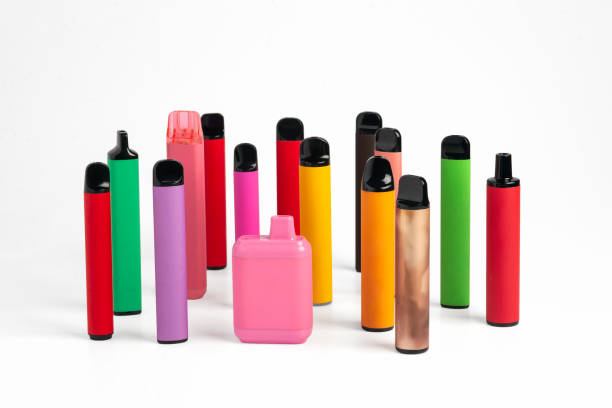
Three Major Components
Vaporizers rely on three main components: the atomization component, the electronic component, and the structural component.
Atomization Component: include atomizer cores (ceramic or cotton cores), wicking material, and heating coils, which vaporize e-liquid and store e-liquid.
Electronic Component: Includes the battery, control board, and other electronics that provide power, control power and temperature, and automatic switching functions.
Structural Component: Primarily the outer casing, as well as connectors, battery holders, and sealing silicone for the mouthpiece.
E-Liquid Composition
E-liquid is a crucial part of vaping devices, typically containing PG (propylene glycol), VG (vegetable glycerin), flavorings, nicotine salts, and additives that contribute to different taste experiences.
Common e-liquid colors are golden yellow or colorless liquids with a tobacco aroma. When heated in a vaporizer, they produce vapor that mimics the sensation of smoking.
National standards strictly stipulate that additives in vapor products must adhere to principles that do not increase health risks under normal and foreseeable use conditions, minimize the amount of additives used, and not be used to conceal product spoilage, deterioration, or quality defects.
Nicotine Salts
Nicotine, also known as nicotine, is a pyridine-derived alkaloid that can react with acids to form amine salts. Nicotine salts are essentially amine salts with less irritation to the mouth and throat lining compared to freebase nicotine.
The common concentration range of nicotine salts in e-liquid is 20-50mg/ml, with 20mg/ml suitable for most users and higher levels like 35-50mg/ml for those with greater nicotine cravings. Note that different countries and regions have varying regulations on nicotine concentration, such as China’s national standard, which limits nicotine concentration in vapor products to no more than 20mg/g (about 2%) and a total nicotine content of no more than 200mg.
The synthesis of nicotine salts involves combining various organic acids with nicotine in specific proportions, followed by mixing, heating, stirring, and resting to produce different forms of nicotine salts. Different organic acid ratios with nicotine result in different flavors of nicotine salts, and different operation methods and sequences yield different forms of nicotine salts.
National Standard Vaporizers and Flavored Vaporizers
National Standard Vaporizers: These are e-cigarette products that comply with the “Compulsory National Standard for Electronic Cigarettes” approved by the State Administration for Market Regulation and the Standardization Administration of China.
Flavored Vaporizers: These refer to vapes with flavors other than tobacco, such as fruits, beverages, tea, nuts, and other non-tobacco characteristic flavors. They are popular abroad, especially among young users who seek novelty and flavor variety.
PMTA and TPD
PMTA (Pre-market Tobacco Product Application) refers to the application process required for new tobacco products to be legally sold in the United States after February 15, 2007, under Section 910(a)(2) of the Federal Food, Drug, and Cosmetic Act (FD&C Act). The FDA’s Deeming Tobacco Products Regulation, which came into effect on August 8, 2016, officially included vapes in the scope of regulated tobacco products, making PMTA a comprehensive requirement for vaporizers.
TPD (Tobacco Products Directive) is the EU’s legal framework for the regulation of tobacco and nicotine products, including traditional cigarettes as well as emerging electronic vaporizers and heated tobacco products. Since 2014, the TPD has covered these products.
From 2021, the European Commission (EC) has planned a third revision of the TPD (TPD3), which is still under preparation and assessment.
In summary, while vapes meet consumer needs to some extent, the underlying health issues cannot be ignored. When purchasing vaporizers, it is important to maintain a rational and objective attitude. Whether it is vaping devices or traditional cigarettes, reduce the frequency of use to ensure health.

